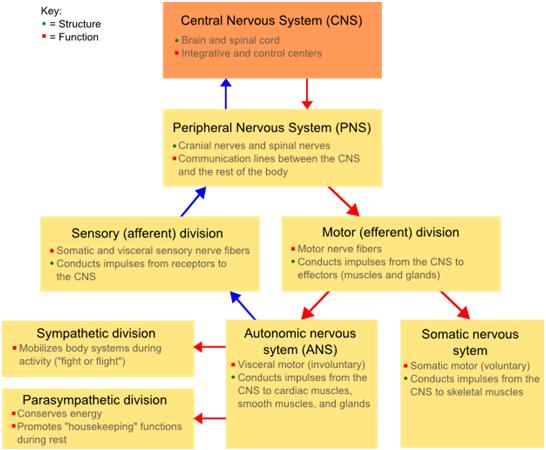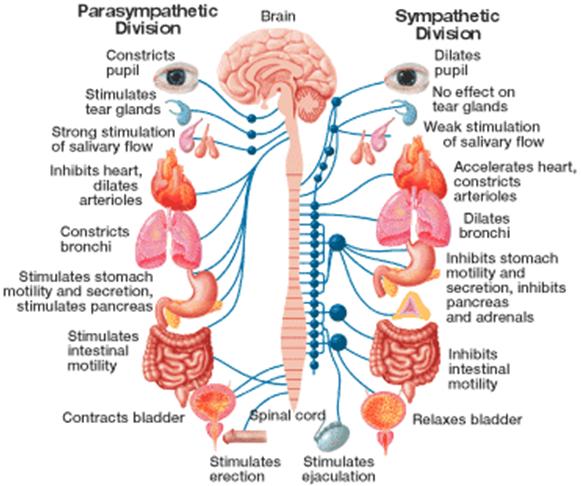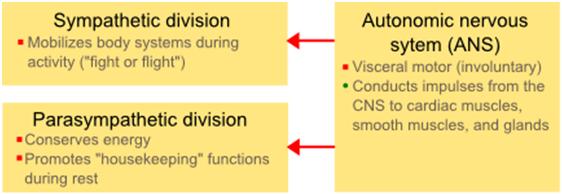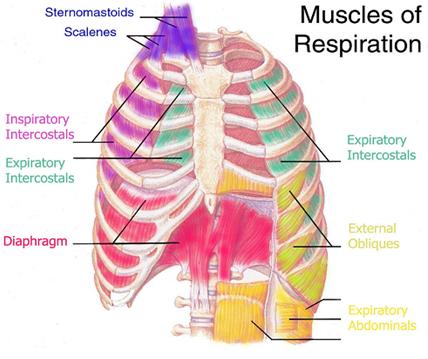Knowing physiology is great but applying that knowledge to our program design is what we’re all after. This three part series will discuss the selective science (part 1), assessment (part 2), and application (part 3) of particular physiological aspects in relation to athletic performance, “conditioning”, and longevity. I chose this topic because I feel the essential messages hereafter have still not permeated mainstream coaching, especially in America, and thus require continual campaigning despite the fact that for some this is already common knowledge. Note I am not a physiologist nor am I an expert. The following is based on my current understanding and how I think it applies to training athletes.
Part 1 – The Science
All of our bodies’ physiology is linked. Though this conversation will center around certain systems it goes without saying the implications are far reaching and we could easily write a book on its effects. We can travel from our central nervous system (CNS) to the peripheral (PNS), where we then come to functional and structural divisions labeled the somatic and autonomic nervous systems (SNS and ANS, respectively). These are important systems to recognize in a discussion of athletic performance and longevity. Granted, every aspect of the nervous system is important but today we’ll highlight these constituents.  The ANS, as seen in the flow chart above, is subcortically controlled and modulates internal organ functioning (visceral functions). It can further be broken down in sympathetic and parasympathetic divisions. Below is an anatomical diagram where we can see which structures are innervated by the sympathetic and parasympathetic divisions. This should give you a clue as to each division’s effect on the body. The PNS is synonymously with the word "vagal" given that parasympathetic supply to the heart run in the vagal nerves. Also keep in mind there is some overlap between the two subsystems.
The ANS, as seen in the flow chart above, is subcortically controlled and modulates internal organ functioning (visceral functions). It can further be broken down in sympathetic and parasympathetic divisions. Below is an anatomical diagram where we can see which structures are innervated by the sympathetic and parasympathetic divisions. This should give you a clue as to each division’s effect on the body. The PNS is synonymously with the word "vagal" given that parasympathetic supply to the heart run in the vagal nerves. Also keep in mind there is some overlap between the two subsystems.
 Despite its name, the “sympathetic” nervous system is not so sympathetic toward us at all. It largely regulates the bodies stress mechanisms or as some call it, the “fight or flight” response. Interestingly, this stress response plays out in the cardiovascular system the most. Some would have you believe the ANS is the regulating mechanism of the cardiovascular system. During these times of stress the body releases catabolic hormones like cortisol and adrenaline. Once circulating in our system these hormones spawn a number of physiological effects throughout our body (thanks Wikipedia):
Despite its name, the “sympathetic” nervous system is not so sympathetic toward us at all. It largely regulates the bodies stress mechanisms or as some call it, the “fight or flight” response. Interestingly, this stress response plays out in the cardiovascular system the most. Some would have you believe the ANS is the regulating mechanism of the cardiovascular system. During these times of stress the body releases catabolic hormones like cortisol and adrenaline. Once circulating in our system these hormones spawn a number of physiological effects throughout our body (thanks Wikipedia):
- Acceleration of heart and lung action
- Paling or flushing, or alternating between both
- Inhibition of stomach and upper-intestinal action to the point where digestion slows down or stops
- General effect on the sphincters of the body
- Constriction of blood vessels in many parts of the body
- Release of nutrients (particularly fat and glucose) for muscular action
- Dilation of blood vessels for muscles
- Inhibition of the lacrimal gland (responsible for tear production) and salivation
- Dilation of pupil (mydriasis)
- Relaxation of bladder
- Inhibition of erection
- Auditory exclusion (loss of hearing)
- Tunnel vision (loss of peripheral vision)
- Acceleration of instantaneous reflexes
- Shaking
All these things happen when our body undergoes a stress response and kicks into high gear to prepare for either “fight or flight.” Specifically, the sympathetic system kicks in before exercise/threat even begins. This denotes an emotional involvement with physical activity. Contextually, this manifests during pregame with nearly all our athletes. For some it happens earlier and others it doesn’t happen until the competition starts. It also happens when the athletes are training and practicing for their sport. These are normal responses that help prime us for action. Without this heightened arousal to the stress of competition or training, we would underperform each time. Conversely, the parasympathetic nervous system conserves bodily energy and promotes most antithetical processes that the sympathetic system does. It slows resting heart rate, repairs tissues and organs, stores energy, promotes digestion, etc. Basically, I like to call parasympathetic division the “recovery nervous system.”
The Ying and Yang Interaction
Unashamedly, I stole the “ying-yang” term for describing autonomic balance from Joel Jamison. He is the man. That said, we need to establish that having a parasympathetic dominance 24/7 is not a good thing because we actually need our sympathetic division to kick in when it’s time to train and perform. However, once the “stressor” (training, competition, practice, etc.) is over a fit athlete should experience a sudden drop in sympathetic tone and concurrent increase in parasympathetic/vagal tone. If this does not happen it means the athlete’s fitness level sucks. He/she is unable to recover from bouts of applied stress. This could have an effect acutely but certainly it will erode the athletes ability to compete and train chronically with optimal performance. Why? Because of all the physiological mechanisms of the SNS described above. If you’re body is constantly releasing cortisol and other stress hormones, breaking down tissues, stressing the heart muscle, inhibiting digestive processes, etc. how do you expect to recover, continually get stronger, continually build tissue, develop energy systems, and increase your level of fitness for sport? Bottom line – we need to get our athletes out of a chronic state of sympathetic tone via direct program design interventions. It starts with an assessment, which will be covered in part 2 of this series.

What Does Breathing have to do with this?
As I stated earlier most functions of the ANS are involuntary (subcortically controlled). In terms of respiration however, it has both a voluntary and involuntary component. Inhalation stimulates SNS tone and exhalation stimulates PNS tone. This is to say that breathing is a direct link into autonomic nervous systems function and control (1,2). It’s been reported respiration is the only thing we have control over. Lucky for us! Proper breathing chemistry and mechanics through program design is one strategy, of many, into changing the ANS of our athletes for optimal performance.

Conclusion
In conclusion I’ll again note as I did in the beginning, ANS implications are far reaching and what I’ve touched on here is only the tip of the iceberg in terms of understanding the depth of physiological mechanisms related to the stress response, recovery pathways, and what it all has to do with human performance. The PGC-1a gene, hypertrophy of the left ventricle, cardiac output, aerobic enzymes, ca/cm-kinase, vagus nerve modulation, fascial stiffness, energy systems, and a host of other discussion points all have merit when we’re talking about the ANS, but, for brevity's sake I’ll mention them another day. What I’ve outline here is a good starting point for most and simple enough to continue on the thought process for assessment and application. A good number of coaches use ANS markers to monitor and prescribe training stress throughout the off and in-season program and their results are just that much better. Assuredly, your programs absolute level results will under achieve every time unless you correct the balance between sympathetic and parasympathetic nervous system. Be warned. Part two of this series will discuss how we can assess ANS function and part three will provide practical applications to use in our program that will have a direct effect on how well, and how long, we are able to play our sport of choice.
- Ley R. The modification of breathing behavior. Pavlovian and operant control in emotion and cognition. Behav Modif. 1999 Jul;23(3):441-79. Review. PubMed PMID: 10467892.
- Philippot P, Chapelle G, Blairy S. Respiratory feedback in the generation of emotion. PCEM. 2002;16(5):605-627.
Subscribe to our FREE newsletter and get exclusive content as well as updates on site happenings:
I’m looking forward to parts 2 & 3!
The most information I’ve come across on the ANS in training is Ian King stated to keep warm (jacket, towel, etc.) during rest breaks.
Yes, I’ve come across that information as well from Dr.King. The current state of our profession really lacks the awareness of ANS implications for performance enhancement. I’m hoping to elucidate some of that with this series. Glad you enjoyed it!
All the best,
Sam
Good balance post on the ANS. I think we all should be learning more about this system (and the brain and CNS as well) as they have profound applications and implications to working with all folks. I especially like how the ANS (through deep diaphgramatic breath) can effect fascial (and myo) stiffness. So TRUE! It's funny how so many trainers think they are MELTING fascia with pressure, but that shit is TOUGH and the brain/ANS has a better influence over it versus manual stuff. Anyways good work 🙂
Ryan
Just so you guys know I’ve updated this post as well as the rest of the series. Be well!
Very useful piece!
Is breathing really the only way to tap into the autonomic nervous system? Wonder if you can use things like inspiring/aggressive music or verbal cues (inspirational speeches before workout out?)… somtimes even visualization works….. I don't know if it's because my breathing changed as a result of those environmental factors, or if I triggered a "true" sympathetic nervous system uptick in activity, but I'm sure many people can attest to feeling "pumped up" through such activity.
http://www.mendeley.com/research/changes-in-eeg-and-autonomic-nervous-activity-during-meditation-and-their-association-with-personality-traits-1/
Good thoughts! My feeling on that, as you said, is the results are caused from the environment (even though you may have been the one who turned the music on). Sort of like an outside-to-inside sequence. Whereas I feel the breathing is an inside-to-outside sequence that is self-initiated.